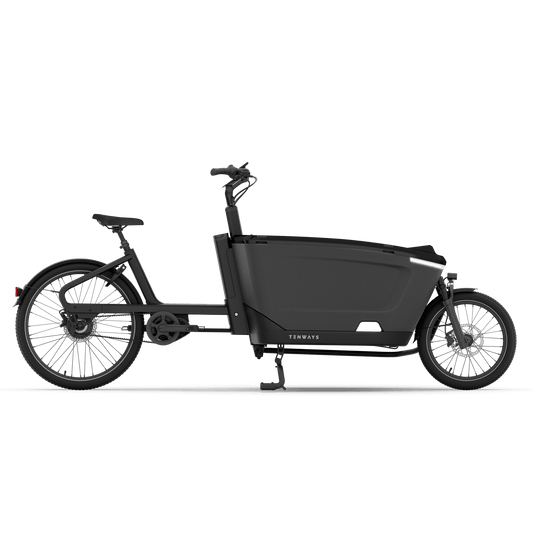Your cart (0)
Your cart is empty
Shop Ebikes
-
TENWAYS CGO600 €1.199
-
TENWAYS CGO009 €2.399
-
TENWAYS AGO T €2.699
-
TENWAYS AGO X €2.399
-
TENWAYS CARGO ONE €4.999
-
TENWAYS Longtail €3.299







